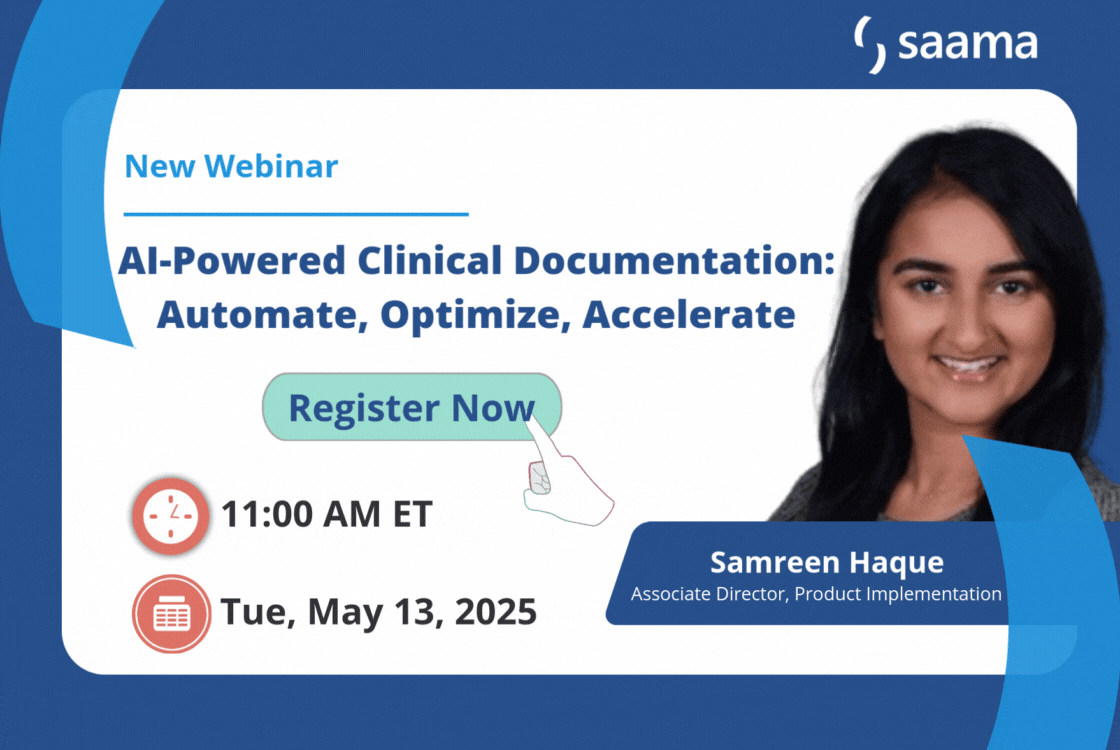In the first blog post of this series, we discussed what exactly Artificial Intelligence/Machine Learning (AI) was by using the analogy of the marathon runner. Because of their busy schedule and other variables such as weather and temperature, it’s often difficult to determine when to go for a training run.
But AI has the ability to take complex problems like these, with multiple variables, and simplify it.
In this post, we’ll be discussing how to use AI in data management. Sounds simple, right? It can be — when you have the right data. Similar to the marathon runner, you can learn business rules (or patterns) from data.
When it comes to clinical trials, data management teams are faced with a crucial task — making sure their data is both complete and accurate. This can be difficult when you consider that within a trial, data can be housed in a variety of different sources, including: EDC, Labs, Sensors and Wearables, eCOA and more.
Can a data manager review all of the data with all of the listings and writing rules? Sure, but it’s an uphill climb and very time-consuming. Additionally, teams may not have enough personnel or time to clean the data, delaying the process further.
Enter automation. The purpose of automation isn’t to reduce cost — rather, it’s meant to allow you the time to work on other projects. Let’s consider a real world example.
Jane is a Data Manager at a top pharmaceutical company. She needs to determine if an adverse event (AE) term (Febrile Neutropenia) matches the medication (Acetaminophen). In this scenario, Jane is spending an inordinate amount of time searching online and reading various research papers to determine whether or not it can be used.
How could AI help Jane? AI — or more specifically, Saama’s Smart Data Quality (SDQ) solution — can do the following for Jane:
- Identify the medication and match with WHOdrug. Saama’s advanced algorithms can handle this task quickly.
- Identify indications for corresponding medications from the FDA open label database and extract potential diagnosis. Saama’s algorithms will quickly extract all information from the open label database, including diagnosis, procedures, and more.
- Match the drug with the AE term. SDQ can identify whether or not the particular drug is a match with the AE term.
In this case, SDQ — using Saama’s advanced AI algorithms — would identify that the AE term (Febrile Neutropenia) is not a match with the medication (Acetaminophen). This discrepancy would be surfaced within SDQ to Jane for review, rather than her having to spend hours searching online and reading research papers.
Does this take the human out of the equation? No. Saama makes sure to keep “a human in the loop” throughout the entire process. In our next post, we’ll talk about how Saama provides the human touch.

